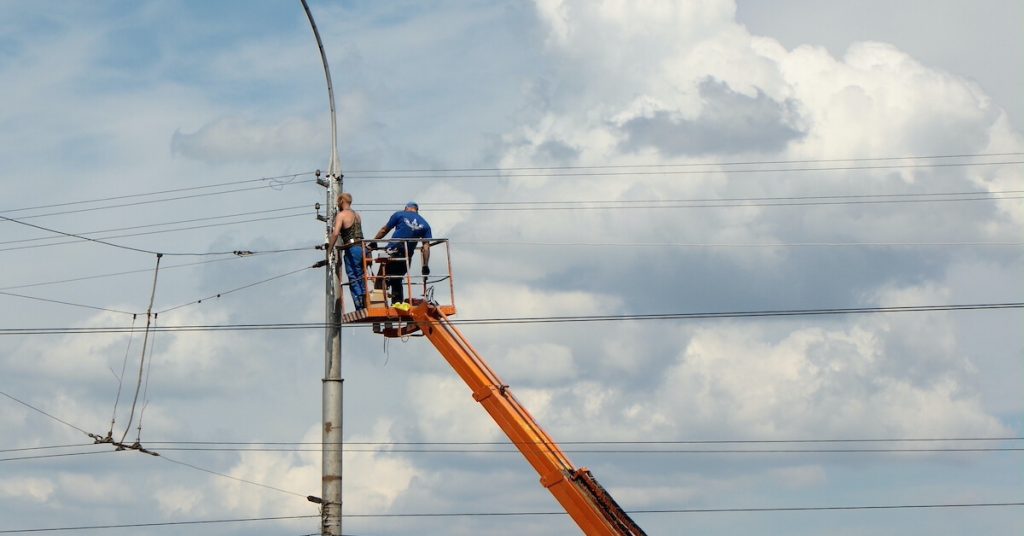In need of a working at heights course in Perth?
Working at heights is one of the industry’s most risky activities, which is why it is the leading cause of death and serious injury at work in Australia. There is a misconception about the definition of working at heights; most people relate working at heights to working on a skyscraper or a very tall tower. In reality, most injuries occur less than three metres above the ground. Did you know that there are also height risks below the ground? For example, a worker may fall into a hole, trench or water with an additional risk of asphyxiation.
So, how do you minimise the risk of serious injury or death while working at heights?
Enroll in a high-level work course taught by a reputable registered training organisation. You will receive information, training and instructions on how to work safely at altitudes.
When undertaking work that involves the risk of falling, insure that work is done on an appropriate work platform. Work from the ground or below the work area, if possible, rather than from above.
- Ensure proper edge protection, such as scaffolding or guardrails, is in place.
- Ensure that all open areas are securely covered or protected by physical barriers.
- Ladders should only be used if other higher levels of control, such as working platforms or scaffolding, are not practical to use.
- When using ladders, make sure that you have three contact points at all times and never overreach. Use the platform ladder instead, if possible.
Statistics on injuries or deaths related to work at heights are alarming. Based on the research carried out by Safe Work Australia:
Every year, an average of 29 people in Australia die from work-related falls
Half of these fatal accidents involved falling 3 metres or less (31 percent from a height of two metres or less and another 19 percent from a height between two and three metres)
Workers aged 45 years and older accounted for 65 percent of those who died
A typical claim due to a drop in height involves 6 weeks off work and an average payment of $14,000.
Construction (20 per cent), manufacturing (12 per cent) and transport & storage are the industries that reported the highest number of serious fall-related claims (11 percent ).
The above statistics highlight the importance of undertaking work at heights prior to the start of work in this area. The Nationally Accredited Working at Heights Training course prepares participants for all safety and practical aspects of work at heights. If you have previously taken RIIWHS204D or RIIOHS204D, you can take a refresher course to provide you with up-to-date knowledge on changing industry practises.
So, to answer the initial question, is a Working at Heights Ticket mandatory? The answer is a resounding OUI! Do not even try to perform this type of work without a proper ticket.
To find out more about the work of the Perth Training Centre working at heights ticket or to make a booking.
Previous Post:
Safety Tips For Working at Heights
Next Post:
How to Work at Heights Safely

